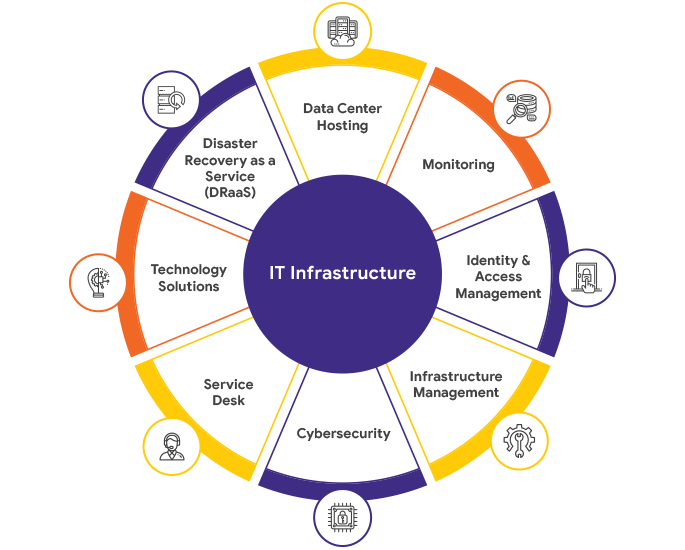Deconstructing the Massive US IT Infrastructure Services Market Size

The truly enormous Us It Infrastructure Services Market Size, with a valuation stretching into the hundreds of billions of dollars, is a direct and unambiguous reflection of its universal and foundational role across the entire American economy. The market's immense scale is fundamentally derived from the fact that virtually every organization—from a two-person startup to the federal government—requires a core set of IT infrastructure technologies to function in the digital age.
This includes the servers that run their applications, the storage that holds their data, and the networks that connect their employees and customers. The market size represents the total aggregate spending by all these entities on the hardware, software, and, most importantly, the human expertise and services required to design, deploy, secure, and manage this critical digital foundation. Its sheer size is a testament to the fact that IT infrastructure is not a niche product but an essential, non-discretionary utility that underpins all modern commerce and communication.
To grasp the market's scale, it is helpful to deconstruct it by its major spending categories, each of which represents a massive market in its own right. The largest and fastest-growing category is now cloud infrastructure services, which encompasses the vast enterprise spending on public cloud IaaS and PaaS from providers like AWS, Azure, and Google Cloud. This is followed by the substantial and steadily growing market for managed services, which includes the recurring fees businesses pay for the ongoing, expert management of their entire IT environment, be it in the cloud, on-premise, or a hybrid of the two.
The data center services segment, which includes revenue from colocation facilities and managed hosting, still represents a significant portion of the market size, providing the physical homes for private clouds and critical connectivity hubs. Finally, the network services segment, from basic connectivity to advanced managed security and SD-WAN solutions, forms another key pillar of the total market. The cumulative spending across these massive, interconnected segments is what gives the market its breathtaking scale.
Several underlying factors act as powerful amplifiers, contributing to and sustaining the market's considerable size. The unparalleled complexity of modern IT environments is a major contributor. Managing a hybrid, multi-cloud architecture, defending against sophisticated cyber threats, and navigating a labyrinth of regulatory compliance requirements (like HIPAA, PCI DSS, and SOX) demand a level of expertise and investment that is beyond the reach of many organizations, driving them to spend on external services. The rapid pace of technological innovation creates continuous cycles of modernization and migration—for example, moving from legacy data centers to the cloud or from traditional networks to SD-WAN—which fuel a constant stream of high-value projects. Finally, the extremely high financial and reputational cost of downtime and data breaches means that businesses are willing to make significant, ongoing investments in resilient, secure, and professionally managed infrastructure, which is a key factor that underpins and perpetuates the market's massive size.
Explore Our Latest Trending Reports:
- News & Current Events
- Arts & Culture
- Causes
- Technology & Gadgets
- DIY & Crafts
- Business & Finance
- Dance
- Travel & Leisure
- Drinks
- Lifestyle
- Film
- Fashion & Beauty
- Home & Gardening
- Fitness
- Education & Learning
- Food & Cooking
- Games
- Science & Environment
- Gardening
- Entertainment
- Health & Wellness
- Personal Development
- Home
- Motivation
- Literature
- Music
- Parenting & Family
- Networking
- History & Philosophy
- Other
- Automotive
- Party
- Opinion & Commentary
- Religion
- Shopping
- Sports
- Theater
- Wellness
- Trends


